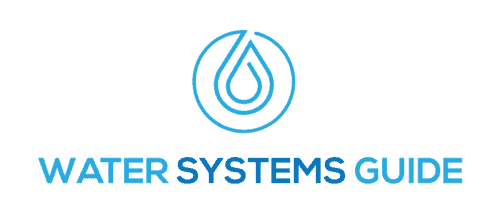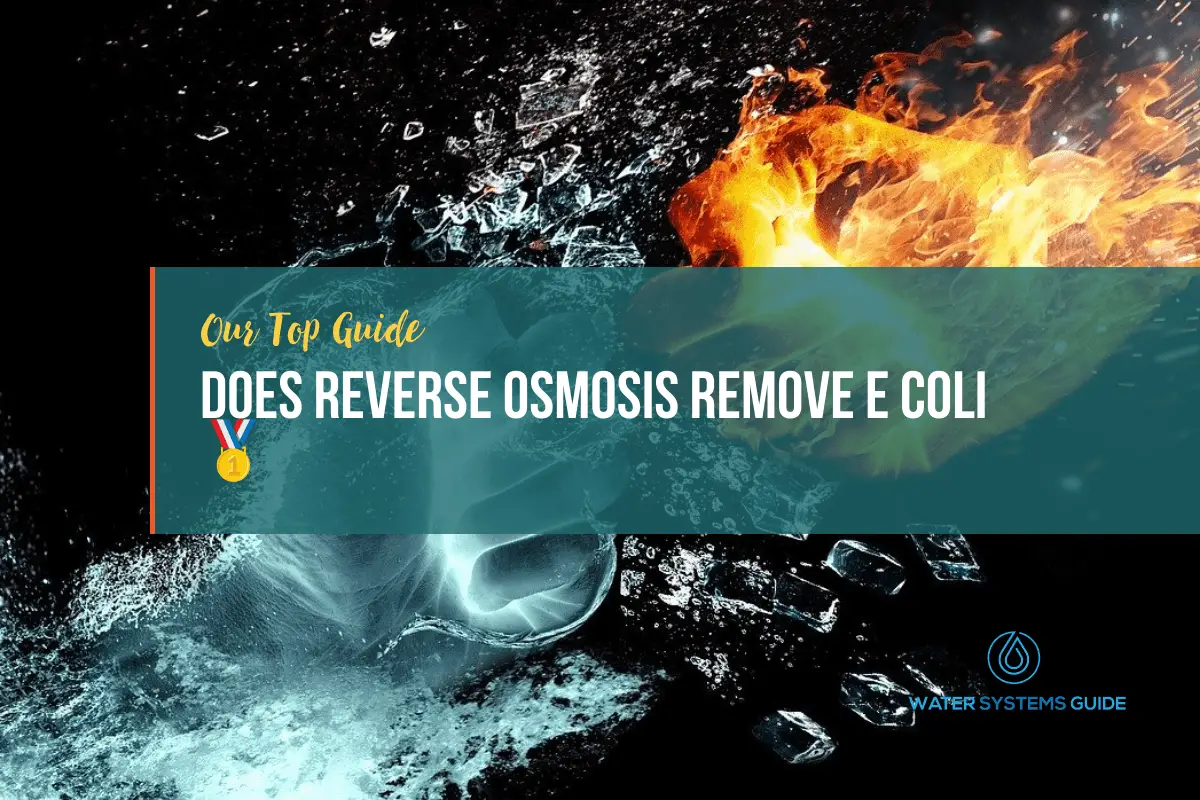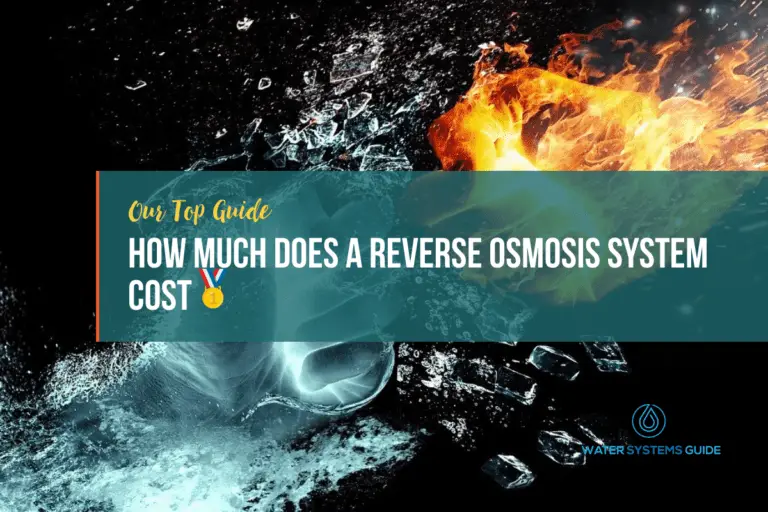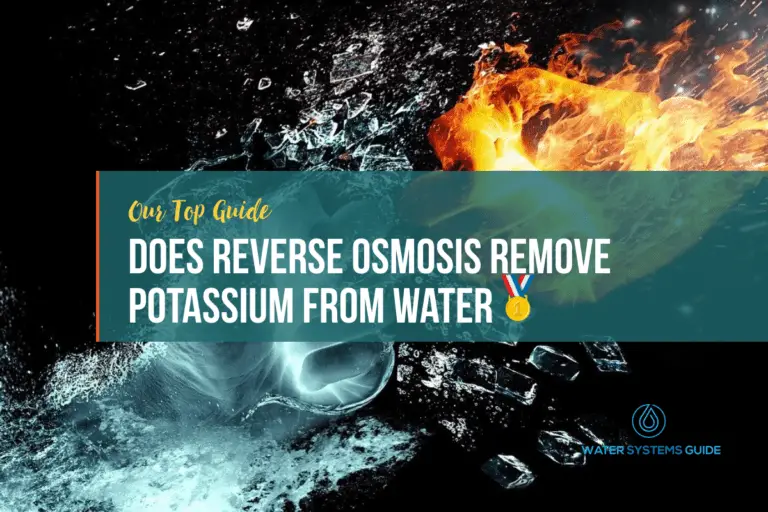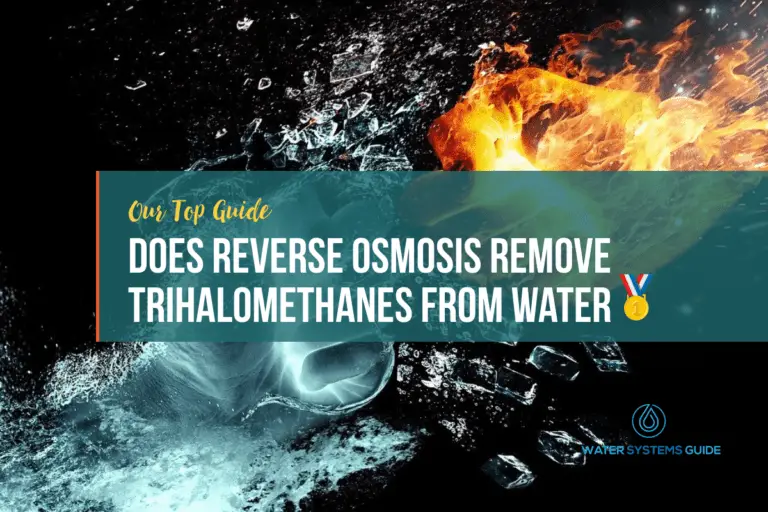Does Reverse Osmosis Remove E Coli
If you are concerned about E Coli in your home water supply, you may be wondering if reverse osmosis can remove it.
Reverse osmosis is a process that uses a semipermeable membrane to remove contaminants from water. While reverse osmosis is effective at removing many contaminants, let’s see how effective it is at removing E coli.
What Is E Coil Bacteria?
E coil (also commonly referred to as Escherichia coli) bacteria is a type of bacteria that is commonly found in the environment, and can also be found in the gut of some animals. This type of bacteria is known to cause food poisoning in humans, and can also cause severe illness in young children and the elderly. E coil bacteria is usually spread through contaminated food or water, and can also be spread through contact with infected animals. Treatment for E coil infection typically involves antibiotics.
Why Remove E Coli from Drinking Water?
E coli is a type of bacteria that can cause serious illness. It can be found in contaminated water or food, and can cause diarrhea, vomiting, and fever. If E coli gets into your drinking water, it can make you very sick. That’s why it’s important to remove E coli from drinking water. There are many ways to do this, including boiling water, using a water filter, or adding chlorine to the water.
Where does Escherichia coli Bacteria Originate From?
It is believed to originate from the intestines of animals, and can be found in contaminated water or food. It can also be spread through contact with contaminated surfaces. Symptoms of E Coli infection include diarrhea, abdominal cramps, and vomiting. In severe cases, it can lead to kidney failure.
What’s the Risk of E Coli Bacteria to Human Health?
The risk of E coli bacteria to human health is very high. This type of bacteria can cause serious illness, including diarrhea, dehydration, and kidney failure. In some cases, E coli infection can be fatal.
How Do I Know If My Water Is Contaminated with E Coli?
If you are concerned that your water may be contaminated with E. coli, there are a few things you can do to check. First, you can contact your local water utility and ask if they have any reports of E. coli in the area. You can also check for news reports of any water contamination incidents. Finally, you can have your water tested by a qualified professional.
Does Reverse Osmosis Remove E Coli?
Reverse osmosis is a water purification process that uses pressure to force a solution through a semi-permeable membrane. The pores in the membrane are small enough to remove most contaminants from water, including bacteria such as E. coli. Reverse osmosis can be used to purify both fresh and salt water, making it a versatile method of water purification.
Other Bacteria that Reverse Osmosis Removes
Reverse osmosis also removes other types of bacteria, including those that can cause serious illness. These include E. coli, Salmonella, and Shigella. While most of these bacteria are not typically found in drinking water, they can enter the water supply through contaminated food or water. Reverse osmosis systems are designed to remove these bacteria, ensuring your drinking/cleaning water is safe.
Conclusion
In conclusion, RO filters do help filter out E. Coli bacteria and a whole host of other bacteria, viruses, minerals, and harmful contaminants such as chlorine, making it great to be installed in your home, to keep your water supply clean.
